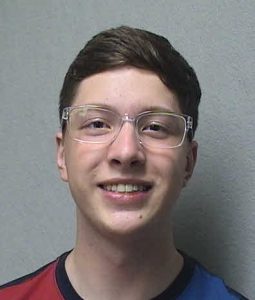Inductive and Resistive Nonlinearities of a Superconductor Resonator
Research Advisor: Dr. Stephen Remillard
This experiment is designed to compare the feedback from an altered superconductor resonator with a conventional, unaltered superconductor resonator. Superconducting transmission lines are patterned on a lanthanum aluminium substrate chip with a geometry that resonates within the microwave range. Nonlinearities, distortion of the signals in the superconductor, can be engineered into the transmission line using an ion beam or other artificial source of radiation. The sample in this experiment, thin-film yttrium barium copper oxide: YBCO, was sent to a facility in Italy to be engineered with a nonlinearity and then characterised in a low temperature (77 K) cryostat. This means that the power dependence of a intrinsic resonator will differ greatly from this sample. Two key figures of merit of superconducting resonators are their critical power, where the power input to the resonator is most absorbed, and critical frequency of the sample, the frequency at which the critical power occurs. Both were found to vary with temperature, and at high incident power the frequency response of the resonator begins to experience deformation. The change of the power response as frequency is swept through (bending) and the hysteresis in the curve (bifurcation) form the core disparities between traditional superconducting resonators and those with engineered nonlinearities.
Funding for this project was provided by The Hope College Natural and Applied Sciences Division and Award number DMR-1206149 from the National Science Foundation.


